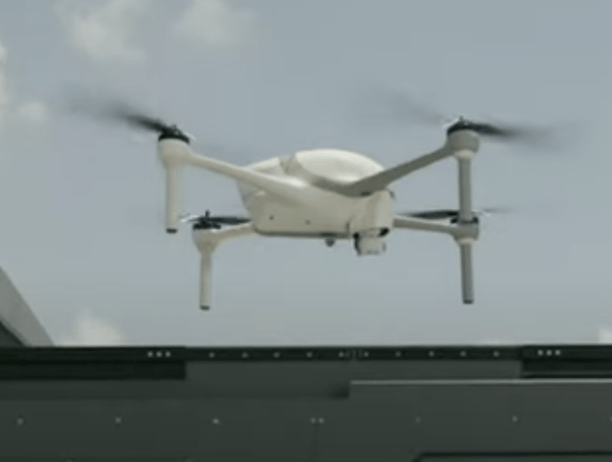Dronelife
3w
317

Image Credit: Dronelife
Drones on Demand: How Automated Systems Are Transforming Emergency Response
- Drones-in-a-box systems are transforming emergency response for public safety agencies and private companies, as seen in Texas with the deployment of drones for accident data collection and equipment malfunction assessments.
- Strategically placed docking stations in West Texas enable quick dispatch of drones to remote energy facilities, replacing inefficient manual drone workflow and reducing pilot fatigue from excessive travel.
- Companies like DroneDeploy and Ondas Holdings offer advanced drone-in-a-box solutions, enhancing operational efficiency by automating battery changes and payload replacements, allowing drones to remain on mission almost continuously.
- Considerations for choosing a drone-in-a-box system include individual needs assessment and affordability, as emphasized by UAS program manager Jason Day from the Texas DPS.
- These systems are valuable for emergency management, aiding in natural disaster response by collecting pre-disaster data and assessing infrastructure vulnerabilities before events like hurricanes or floods.
- Drones in boxes can provide continuous UAV coverage for coastlines during disasters, with plans for a network of drone docks along the Texas Gulf Coast to benefit public safety, oil and gas, insurance, and electricity providers.
- Robust drone-in-a-box systems like those from Ondas Holdings have proven effectiveness in extreme weather conditions and pre-disaster data collection, showcasing their utility in emergency management scenarios.
- The integration of drones in emergency response is part of a larger trend towards leveraging technology like AI, robots, and drones for societal benefit, as reflected in the work of writer Jim Magill.
Read Full Article
19 Likes
For uninterrupted reading, download the app